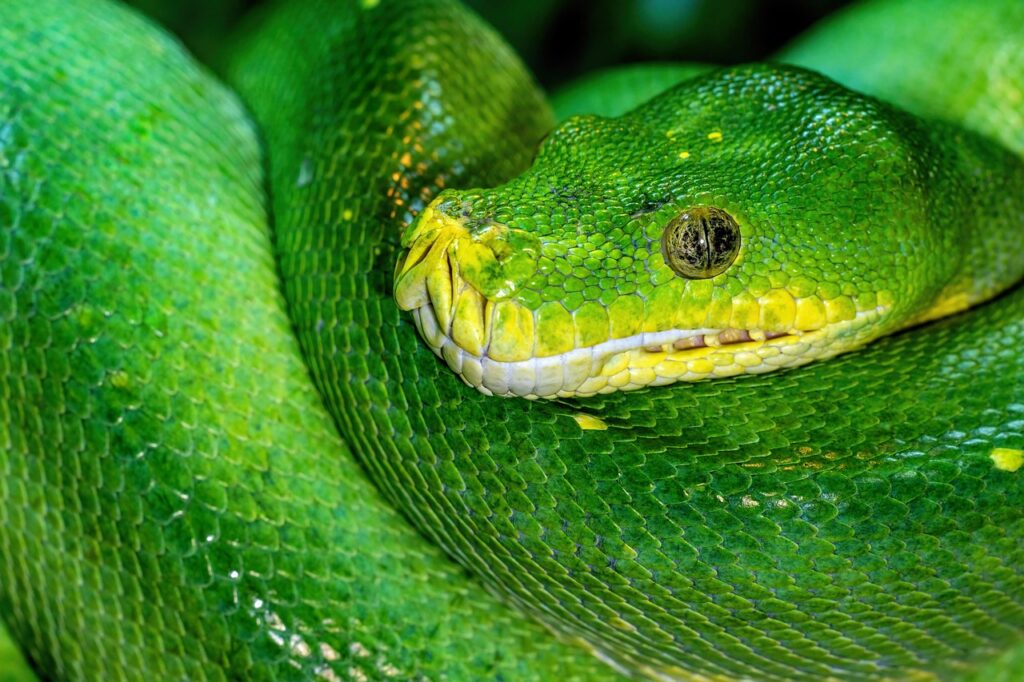Picture this: a world where massive dinosaurs roamed through landscapes painted in nothing but green. No vibrant flowers, no colorful petals dancing in the breeze, no sweet nectar to attract buzzing insects. This was Earth during the early Mesozoic Era, a time when conifers and ferns dominated the plant kingdom. But around 130 million years ago, something extraordinary happened that would forever change both the plant and animal kingdoms.
The emergence of flowering plants, or angiosperms, didn’t just add beauty to prehistoric landscapes. These botanical newcomers may have triggered one of the most spectacular evolutionary explosions in dinosaur history, fundamentally reshaping ecosystems and driving the diversification of some of the most magnificent creatures ever to walk the Earth.
The Green World Before Flowers
Before flowering plants arrived on the scene, dinosaurs lived in a world dominated by gymnosperms – conifers, cycads, and ferns that painted the landscape in various shades of green. These plants reproduced through spores or naked seeds, creating forests that looked vastly different from today’s colorful ecosystems. Imagine walking through a prehistoric forest where the only sounds were the rustle of fern fronds and the distant calls of dinosaurs, with no buzz of pollinating insects or splash of floral colors.
The plant communities of the early Mesozoic were relatively simple compared to modern standards. Conifers formed the canopy, while ferns and cycads filled the understory, creating a somewhat monotonous but functional ecosystem. These plants provided food for herbivorous dinosaurs, but their limited diversity meant that dietary options were fairly restricted.
The Angiosperm Revolution Begins
Around 130 million years ago, during the Early Cretaceous period, the first flowering plants began to appear in the fossil record. These pioneering angiosperms were small, inconspicuous plants that would hardly catch your eye today. However, they possessed a revolutionary innovation: flowers that could attract pollinators and produce seeds enclosed within protective fruit structures.
This seemingly simple development represented a massive evolutionary leap. Unlike their predecessors, flowering plants could reproduce more efficiently and spread their genetic material across greater distances. They also developed more sophisticated root systems and leaf structures, allowing them to compete more effectively for sunlight, water, and nutrients.
Speed of Evolution Unlike Anything Before
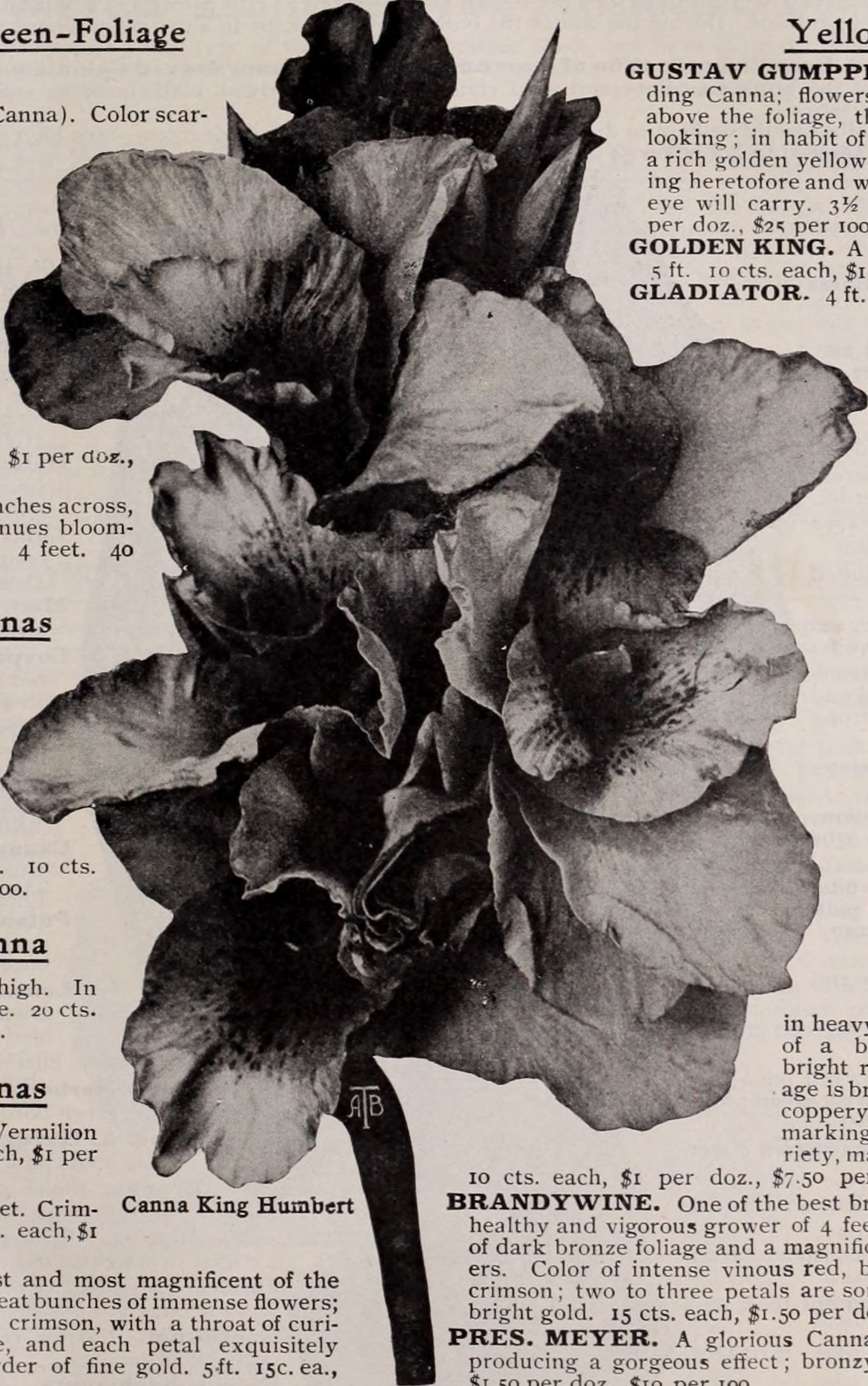
What happened next amazed even Charles Darwin, who called the rapid diversification of flowering plants an “abominable mystery.” Within just 30 million years – a blink of an eye in geological terms – angiosperms exploded from a handful of species to become the dominant plant group on Earth. This breakneck pace of evolution was unprecedented in the plant kingdom.
The speed of this floral revolution can be compared to the technological boom of the digital age. Just as smartphones transformed human society in mere decades, flowering plants completely restructured Earth’s ecosystems in what amounts to evolutionary fast-forward. By the Late Cretaceous, these botanical newcomers had established themselves in virtually every habitat on the planet.
New Food Sources Transform Dinosaur Diets
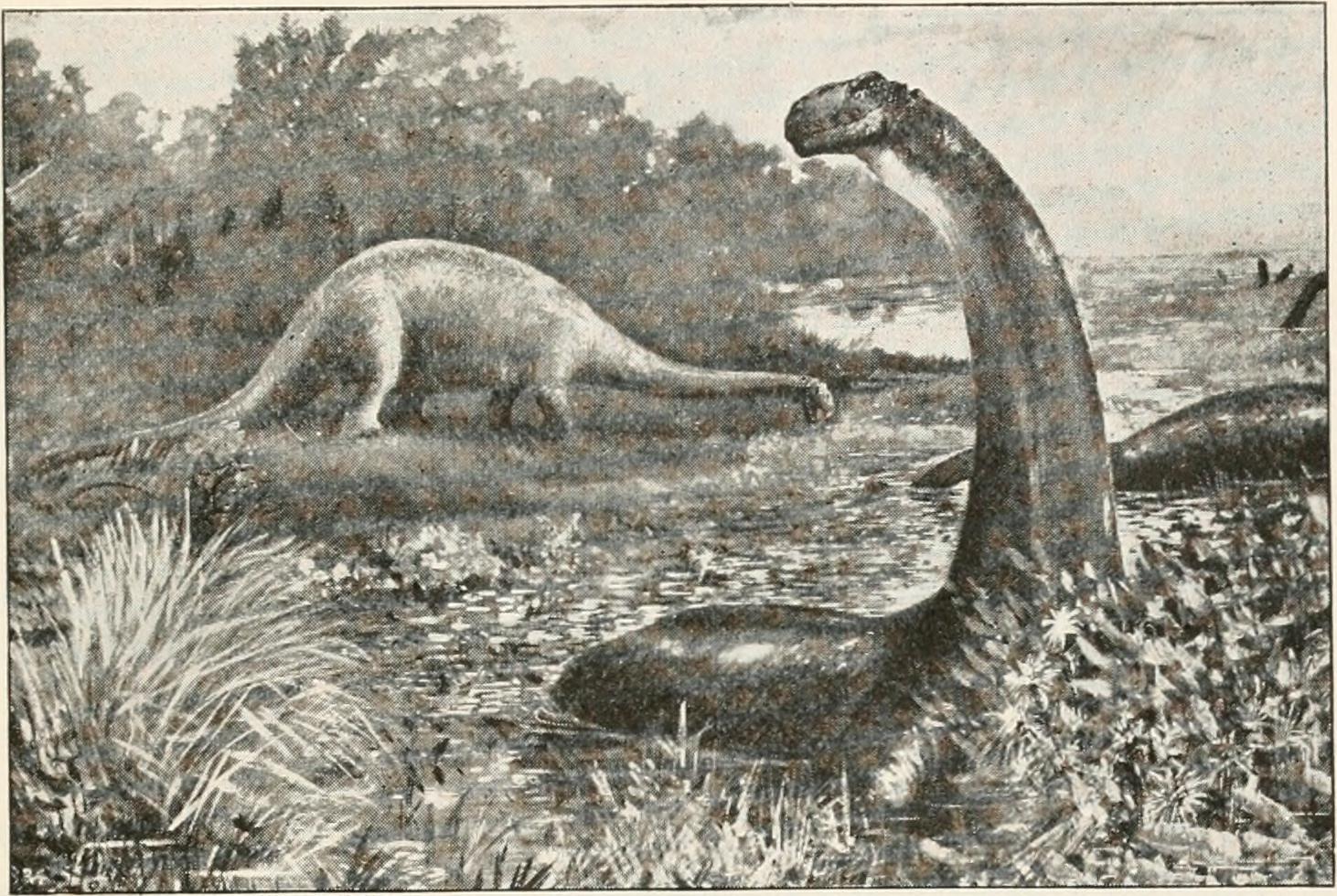
The arrival of flowering plants didn’t just change the scenery – it fundamentally altered the menu for herbivorous dinosaurs. Suddenly, these massive creatures had access to an incredible variety of new food sources. Flowers provided protein-rich pollen and nectar, while fruits offered concentrated packages of sugars and nutrients that were previously unavailable.
Think of it like opening a gourmet restaurant in a town that previously only had fast food. Dinosaurs that had been limited to tough, fibrous conifer needles and fern fronds now had access to tender leaves, sweet fruits, and energy-rich flowers. This dietary revolution provided the nutritional foundation that would support the evolution of larger, more diverse dinosaur species.
The Great Herbivore Boom
With new food sources came new opportunities for evolutionary specialization. Herbivorous dinosaurs began developing increasingly sophisticated feeding strategies and anatomical adaptations. Some species evolved longer necks to reach high-growing flowers, while others developed specialized teeth for processing different types of plant material.
The diversity of herbivorous dinosaurs exploded during this period. Ceratopsians like Triceratops evolved elaborate frills and horns, while hadrosaurs developed complex dental batteries for processing tough plant material. Duck-billed dinosaurs emerged with specialized bills for selective feeding, and armored ankylosaurs evolved defensive capabilities that allowed them to exploit new ecological niches.
Predator Response to Abundant Prey
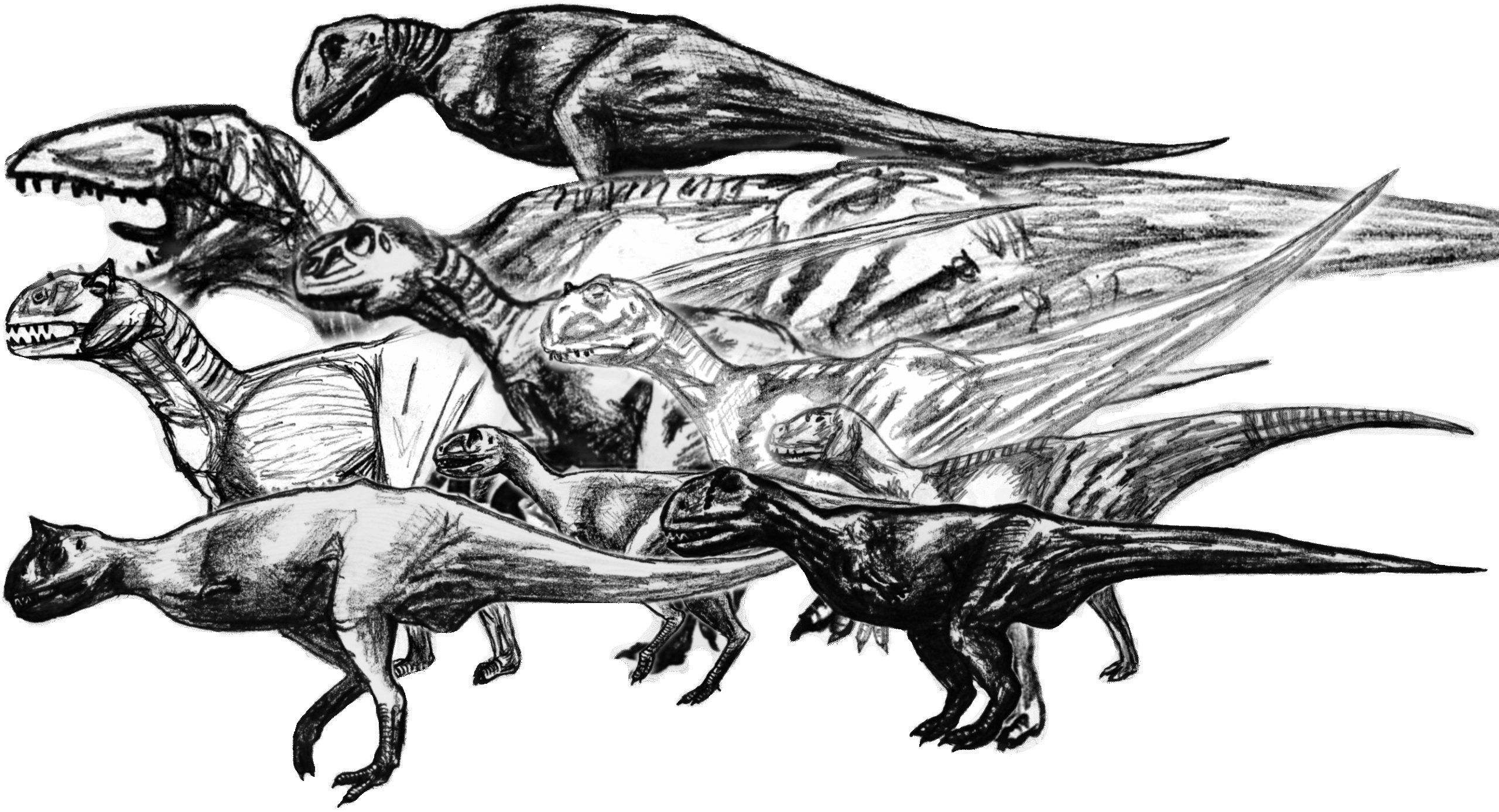
As herbivorous dinosaurs diversified and their populations swelled thanks to improved nutrition, carnivorous dinosaurs faced new opportunities and challenges. The abundance of well-fed herbivores created a rich hunting ground that supported larger and more diverse predator populations. This led to an evolutionary arms race between hunters and the hunted.
Tyrannosaurs reached their peak during this period, with giants like Tyrannosaurus rex evolving massive size and powerful jaws to tackle the largest herbivores. Meanwhile, smaller, more agile predators like Velociraptor developed pack-hunting strategies and enhanced intelligence to overcome the defensive adaptations of their prey.
Coevolution Creates Complex Relationships
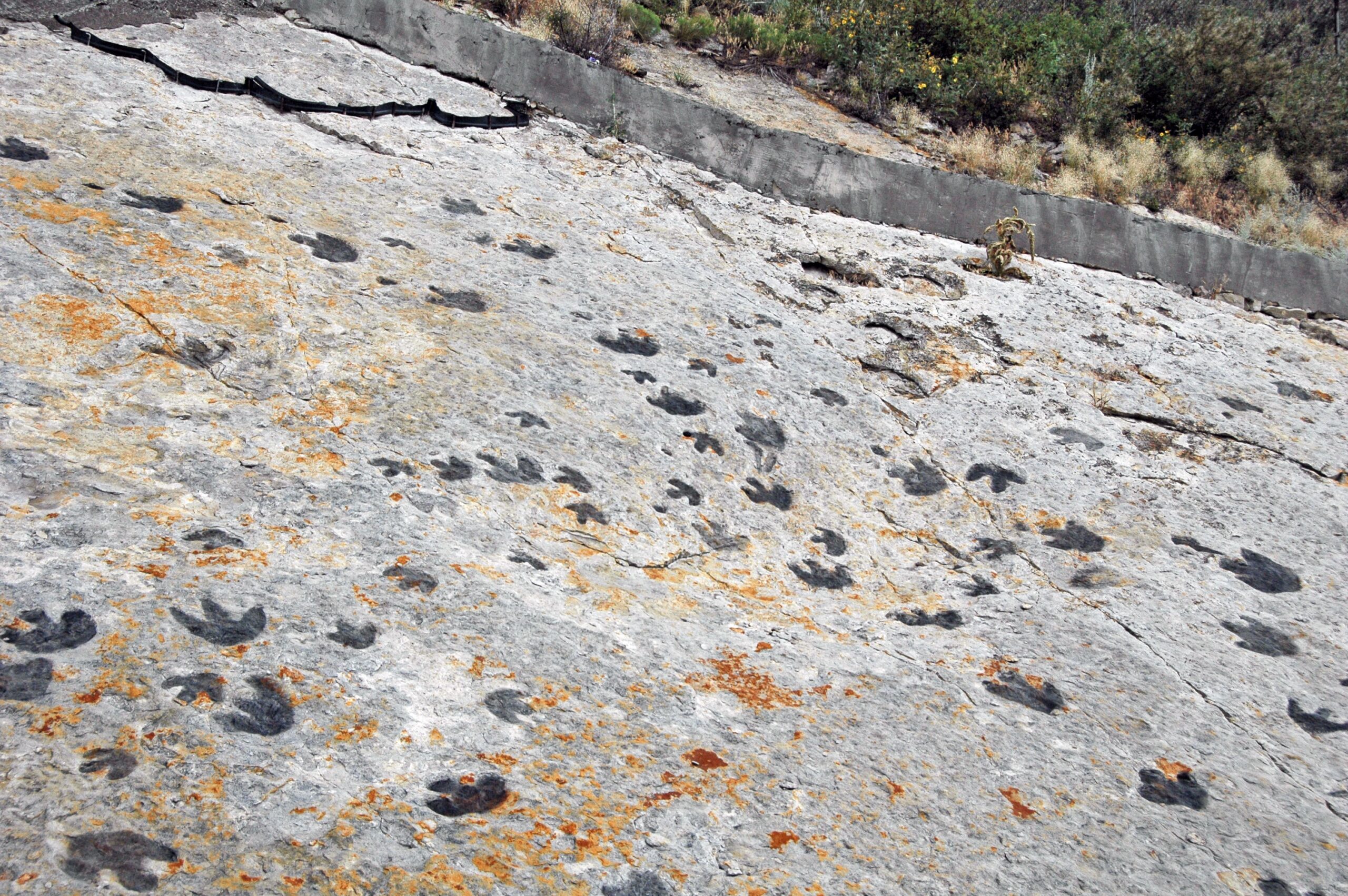
The relationship between flowering plants and dinosaurs wasn’t one-sided. As dinosaurs consumed flowers, fruits, and seeds, they became unwitting partners in plant reproduction. Large herbivores could transport seeds across vast distances in their digestive systems, helping plants colonize new territories far from their parent populations.
This coevolutionary dance created increasingly complex ecological relationships. Some plants may have evolved specific fruit sizes and colors to attract particular dinosaur species, while certain dinosaurs developed feeding preferences that made them more effective seed dispersers. It was nature’s version of a mutually beneficial business partnership.
Insect Diversity Explodes Alongside Plants
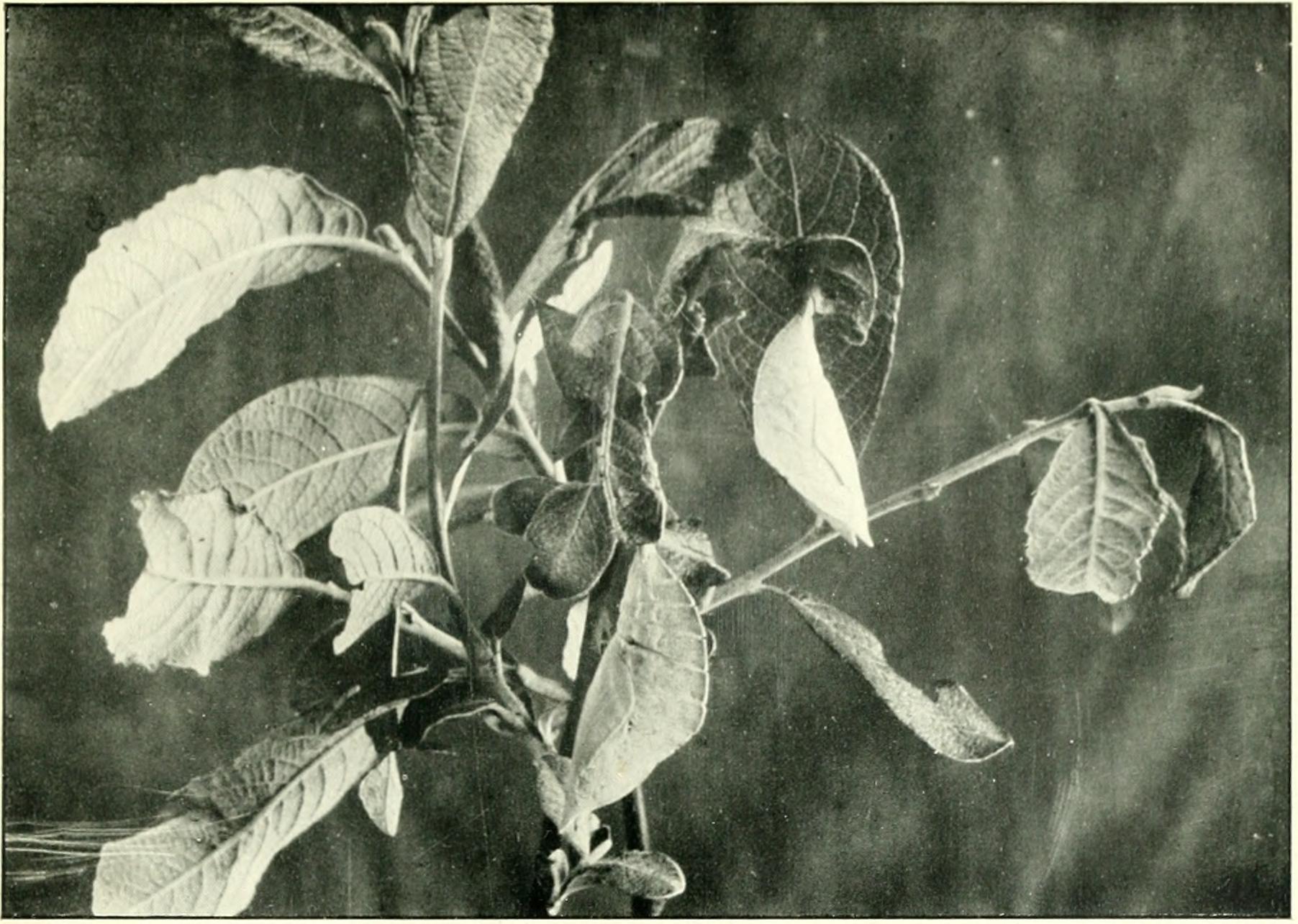
The flowering plant revolution didn’t just impact dinosaurs – it also triggered an explosion in insect diversity. As flowers evolved to attract pollinators, insects rapidly diversified to take advantage of these new food sources. Bees, butterflies, and countless other pollinating insects evolved during this period, creating the foundation for modern terrestrial ecosystems.
This insect boom provided another crucial food source for smaller dinosaurs and early birds. The increased availability of protein-rich insects supported the evolution of more specialized feeding strategies and contributed to the overall diversity of dinosaur species. It was like adding another layer to an already complex ecological cake.
Climate Change and Floral Distribution
The Cretaceous period was characterized by warm, humid climates that were perfect for flowering plant expansion. Global temperatures were significantly higher than today, and there were no polar ice caps to speak of. This greenhouse world allowed angiosperms to spread into virtually every corner of the planet, from the equator to the poles.
The widespread distribution of flowering plants created diverse habitats that supported different dinosaur communities. Tropical regions supported one set of species, while more temperate areas housed different assemblages. This geographic diversity contributed to the overall explosion in dinosaur variety during the Late Cretaceous.
Fossil Evidence Supports the Connection
Paleontologists have uncovered compelling evidence linking the rise of flowering plants to dinosaur diversification. Fossil sites from the Cretaceous period show a clear correlation between the appearance of angiosperm remains and increased dinosaur diversity. Coprolites (fossilized dinosaur dung) contain seeds, pollen, and other plant material that directly demonstrate these dietary relationships.
One particularly striking example comes from Mongolia, where researchers have found dinosaur fossils alongside beautifully preserved flowering plants. These discoveries provide snapshots of ancient ecosystems where dinosaurs and angiosperms lived side by side, offering direct evidence of their coevolutionary relationship.
Modern Parallels in Ecosystem Dynamics
The dinosaur-flowering plant relationship mirrors patterns we see in modern ecosystems. When new food sources become available, herbivore populations typically respond with increased diversity and abundance. This principle can be observed today in places like the African savanna, where the variety of grasses supports numerous herbivore species, which in turn support diverse predator communities.
The introduction of flowering plants essentially created the blueprint for modern terrestrial ecosystems. The complex relationships between plants, herbivores, carnivores, and decomposers that characterize today’s environments first emerged during the Cretaceous flowering plant revolution.
Alternative Theories and Scientific Debate
While the flowering plant hypothesis is widely accepted, some scientists propose alternative explanations for Late Cretaceous dinosaur diversity. Climate change, continental drift, and ocean level fluctuations all occurred during this period and may have contributed to evolutionary pressures. Some researchers argue that these factors were more important than flowering plants in driving dinosaur evolution.
However, the timing and geographic patterns of dinosaur diversification align remarkably well with flowering plant expansion. The correlation is so strong that most paleontologists now accept that angiosperms played a crucial role, even if other factors also contributed to the phenomenon.
The End-Cretaceous Extinction Event
The story of dinosaur-flowering plant coevolution came to an abrupt end 66 million years ago with the mass extinction event that eliminated non-avian dinosaurs. Ironically, flowering plants survived this catastrophe much better than their dinosaur partners, demonstrating the resilience that had made them so successful in the first place.
The survival of flowering plants through the extinction event allowed them to continue their evolutionary journey, eventually becoming the dominant plant group we see today. Meanwhile, the dinosaur lineage survived only through birds, which continue to play important roles in modern plant ecosystems as seed dispersers and pollinators.
Legacy of the Blooming Revolution
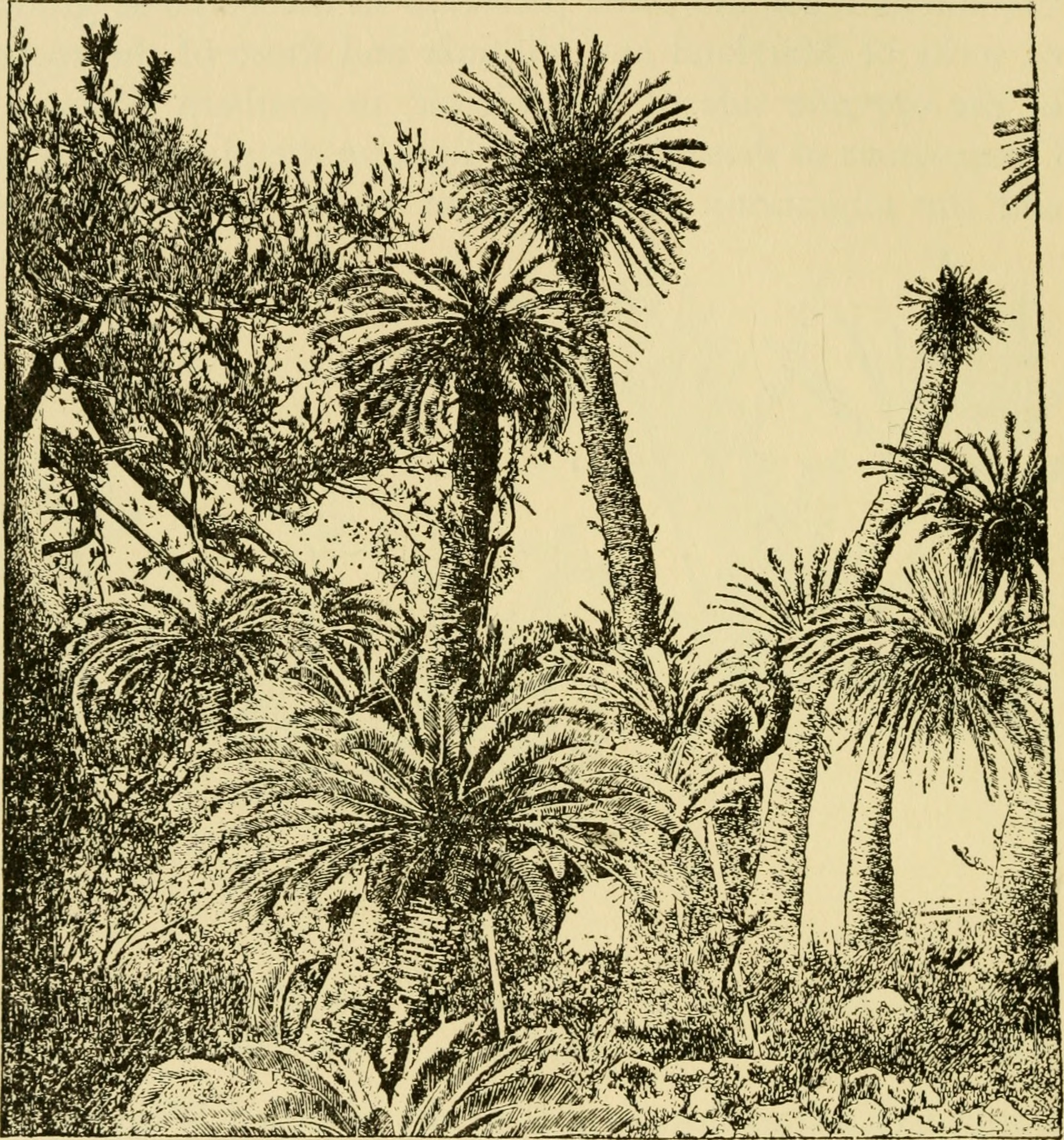
The flowering plant revolution represents one of the most important evolutionary events in Earth’s history. It transformed barren landscapes into vibrant ecosystems and supported the evolution of some of the most magnificent creatures ever to exist. Without this botanical innovation, the Age of Dinosaurs might have been far less spectacular.
Today’s world still bears the imprint of this ancient revolution. Every flower you see, every fruit you eat, and every seed that falls to the ground represents a continuation of the evolutionary story that began 130 million years ago. The relationship between flowering plants and animals continues to drive evolution and shape ecosystems around the globe.
The connection between flowering plants and dinosaur diversity reveals how seemingly small evolutionary innovations can trigger massive changes throughout entire ecosystems. This ancient partnership between plants and animals created the foundation for the complex, interconnected webs of life we see today. From the smallest wildflower to the mightiest predator, all modern terrestrial life bears the legacy of this remarkable blooming revolution that forever changed our planet’s history. What other evolutionary partnerships might be quietly reshaping our world right now?


